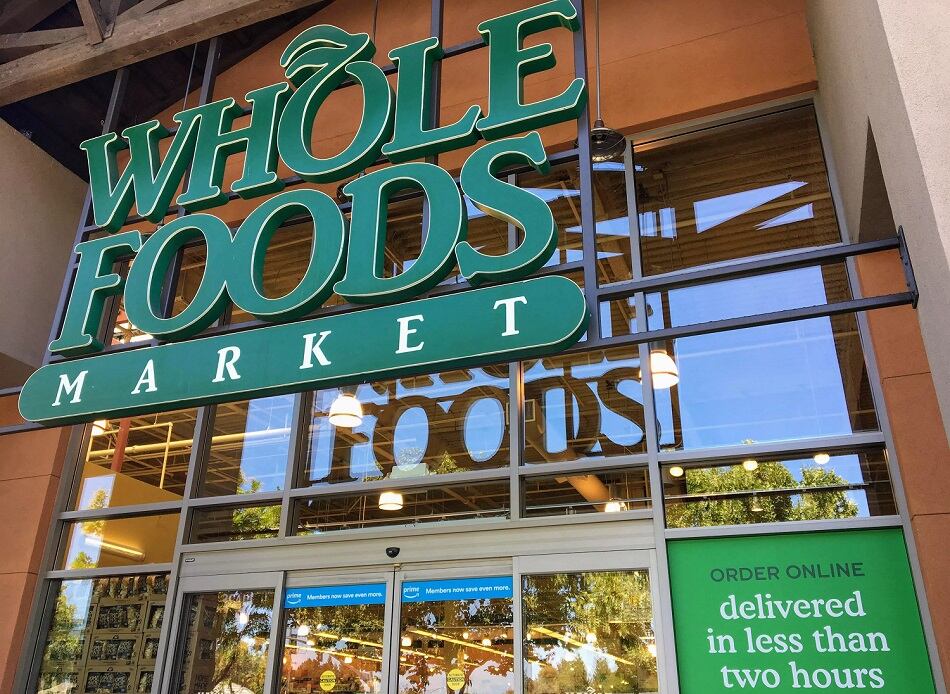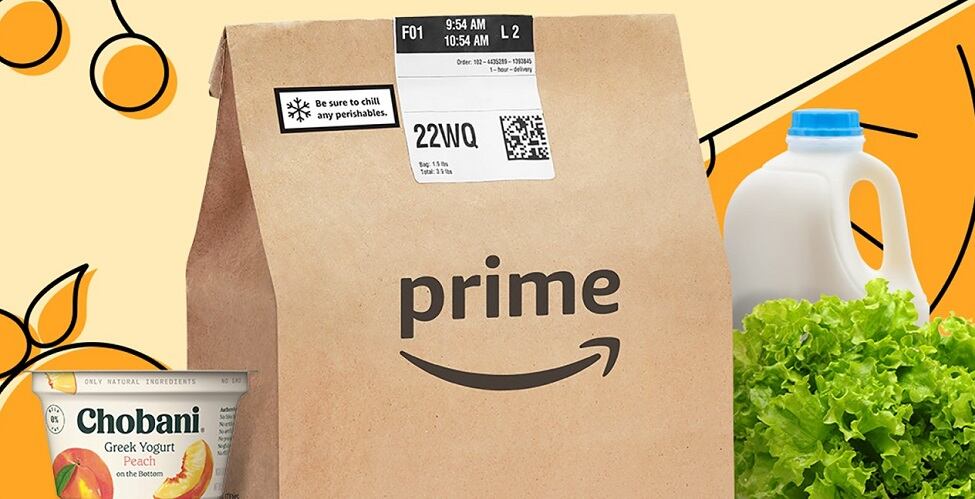Jamie Katz, senior quality commitments advisor for Whole Foods Market, told FoodNavigator-USA, “We like to say we’ve been upsetting the apple cart since 1980.”

In 2003, Whole Foods Market added partially hydrogenated oils to its list of “Unacceptable Ingredients for Foods,” prior to the FDA’s ban in 2018. Since 2004, the natural foods retailer converted all of its eggs sold in its stores to cage-free.
But Katz admits it was easier to be the leader in the organic and natural retail channel when its steepest competition was arguably seasonal farmers’ markets and small, independent mom and pop stores concentrated in a few select regions of the country.
But now, consumers can find organic marinara sauce and bananas walking down the aisles of discount private label retailer Aldi.
“For a long time, we were really the only retailer leading that charge and now you have an incredibly competitive landscape where you can find organic products even in a gas station,” Katz said.
The way Whole Foods has been able to stay ahead of its competition and grow its customer base is by leading consumers rather than react to industry trends, explained Katz.
“If you ask how we’ve changed the industry, I think we sort of told customers what they want before they knew they wanted it. Part of why you didn’t have retailers sourcing organic or natural is that they didn’t think there was money to be made, production costs were potentially more expensive, and they didn’t think it was something that customers wanted,” said Katz.
Whole Foods is also always seeking to understand what matters to consumers through independent surveys and annual top food trends reports.
How does an ingredient make it into Whole Foods' 'Unacceptable Ingredients for Food' list?
Katz explained that the core question her team and others ask is, 'Is it necessary?'
"That’s one of the first questions we often ask. Each ingredient review is unique. Sometimes it takes up to a year, sometimes it takes four hours. I think a testament to how far the industry has come is when you have a company like Kraft reformulating their flagship product."
17 women, 200+ years experience
A huge responsibility of Katz’s team, which comprises 17 women with over 200 years of combined tenure at Whole Foods, is to keep the retailer’s cutting edge vision alive.
“We’re the team that really sets the fences. We act as an internal consultant or think tank, if you will. We research and edit on behalf of internal and external stakeholders,” explained Katz.
The team is made up of subject matter experts such as Carrie Brownstein, principal quality commitments advisor and marine biologist, who runs Whole Foods’ Seafood Sustainability program; and Liz Fry, principal quality commitments advisor, who works with farmers and ranchers, visiting farms all over the country to inform them on Whole Foods’ animal welfare standards.
Taking its seafood sustainability standards as an example, Whole Foods has developed a set of aqua culture standards for farm-raised seafood and a separate set of standards for wild-caught seafood standards.
In addition, the retailer has a sustainable canned tuna program, which requires all fisheries supplying canned tuna to use pole-and-line, troll or handline catch methods as opposed to commercial nets, which can attract other aquatic species such as tuna.
Addressing the sustainable consumer
While Whole Foods used to set itself apart in most consumers' eyes by pure virtue of carrying organic products and adhering to a list of unacceptable ingredients, the retailer knows it must continue to evolve to meet new consumer standards.
“I think consumers are interested more than ever about where their food comes from, where it was grown, how it was produced. I think with talk of climate change there’s an awakening of how do my consumer purchases impact my community?”
According to a recent consumer survey, more than 60% of millennial respondents are aware of the implications their food choices have on the environment and about half actively seek out food and beverages made with less packaging and plastic. Additional research shows that while consumers want to purchase sustainable products, most (60%) struggle to understand when a food or beverage meets sustainable criteria, according to International Food Information Council’s 2019 Food and Health Survey.
What does this consumer insight mean for Whole Foods? Products across every household category that enter Whole Foods are held to a sustainable standard not just by its ingredients, but the impact it has from sourcing to disposal. Whole Foods also realizes that it must educate the consumer on sustainability standards.
"Consumers, they want to know more than they’ve ever known before and that’s a challenge. Consumer education is hard, I think consumers are more open minded than they ever have been," said Katz. "And consumers are also beginning to realize that they can look to Whole Foods as a beacon for sustainability."
Sustainability is baked into everything the company does, from sourcing and operations to product sales and waste reduction. For example, Whole Foods' food waste strategy to prevent and divert food from entering a landfill, which includes donating millions of pounds of perishable and nonperishable foods to food banks and food rescue agencies across the US.

Refocus on local
Whole Foods history was founded on advancing the organic foods supply chain, but recently the company has refocused efforts on sourcing locally to support businesses in nearby communities while keep its environmental footprint in check (less air pollution and less potential food waste since products travel a shorter distance to get to a store).
“We are refocusing on local. I do think consumers are in a moment again with local. There’s something special about knowing that a product was grown or manufactured nearby, and that’s going to continue to be part of our DNA,” said Katz.




